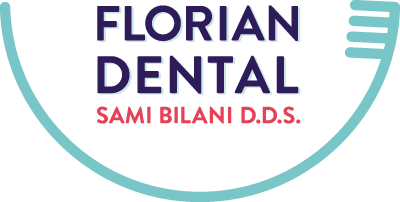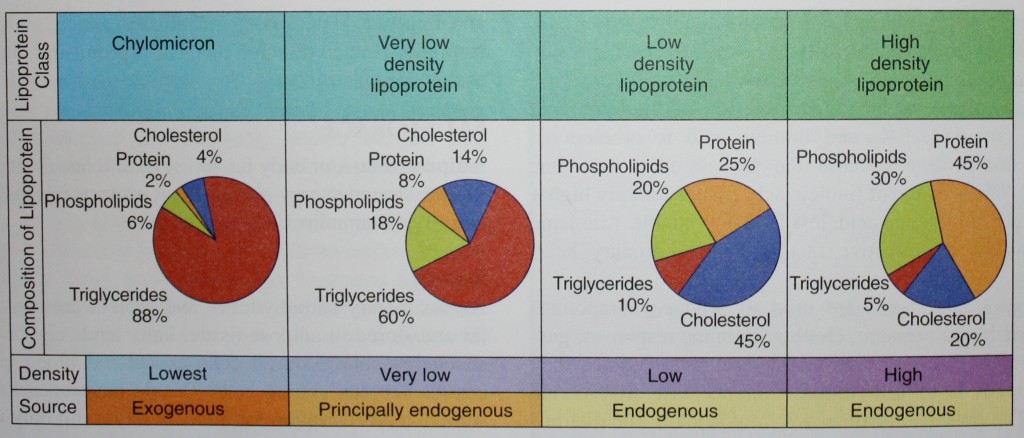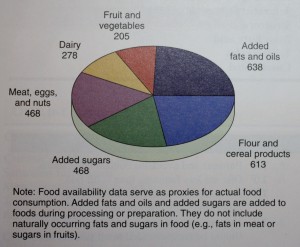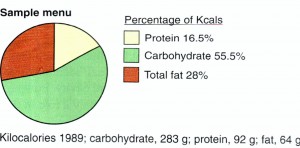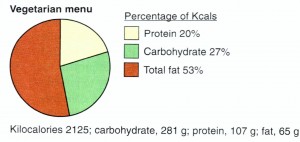Better Health and Happiness 
What is better than a hearty laugh?
- Hearty laughter is a wonderful stress reliever.
- Laughter increases blood flow to the brain, encourages deep breathing and takes your focus away from the source of your stress.
- Learn to take life less seriously and allow yourself to find the humor in every situation.
- Be a good friend and encourage others to lighten up!
A word about stress…
A little stress sharpens your senses and productivity, but too much can be harmful.
To prevent or cope with stress follow these tips:
- Express your feelings openly before stress builds up.
- Have realistic expectations of yourself and others.
- Accept that you cannot control every situation or decision.
- Get plenty of rest, exercise regularly, and eat a well balanced, low-fat, high-fiber diet.
- Make time for activities that help you relax, reading, listening to music or perhaps physical activity.
- Try to look for the best in yourself and others.
- Solve problems one step at a time.
- Learn to accept change and be flexible.
- When things get tense, close your eyes, relax your body, and breathe deeply several times. You will be surprised at how much this helps.
Signs of Stress and Signals to Seek Help:
- Difficulty sleeping or other changes in sleep habits.
- Chronic irritability or anxiety.
- Changes in eating habits.
- Increased use of alcohol, tobacco, or other drugs.
- Frequent illness, including headaches and stomachaches.
- Cold hands, rapid breathing and heartburn, achiness, and muscle tension.
